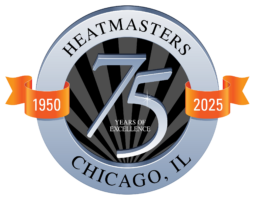Did you know that the HVAC system is one of the largest contributors to mold growth in commercial buildings?
The reasoning is that the system’s operation can create condensation, where mold thrives. It is important to inspect the components of your system that are most likely to accumulate moisture, beginning with humidification and de-humidification units. This equipment should be drained regularly, and any wet areas that surface should be treated.
Air filters should be changed on a regular basis for a number of reasons, one of them being to maintain a healthy indoor air quality. You should also make sure your ducts have been cleaned. Small amounts of dust on ducts is acceptable, but the lining and areas with restricted airflow are particularly prone to collecting moisture. As always, address wet areas promptly to avoid further growth and damage. Keep all duct work dry, clean and maintained to prevent mold.
Screens in the outdoor air dampers can build up dirt and dust, which supports the growth of mold. The same goes for the areas where outdoor air enters the HVAC system. If these intake areas are near garbage cans, a pond, vegetation or other organic material, fungal contamination may occur.
If you are unsure what to look for when inspecting your system for dampness or mold, contact a professional HVAC contractor to make sure all equipment is running properly and efficiently.
Facilitiesnet, “HVAC Systems and Mold.”

